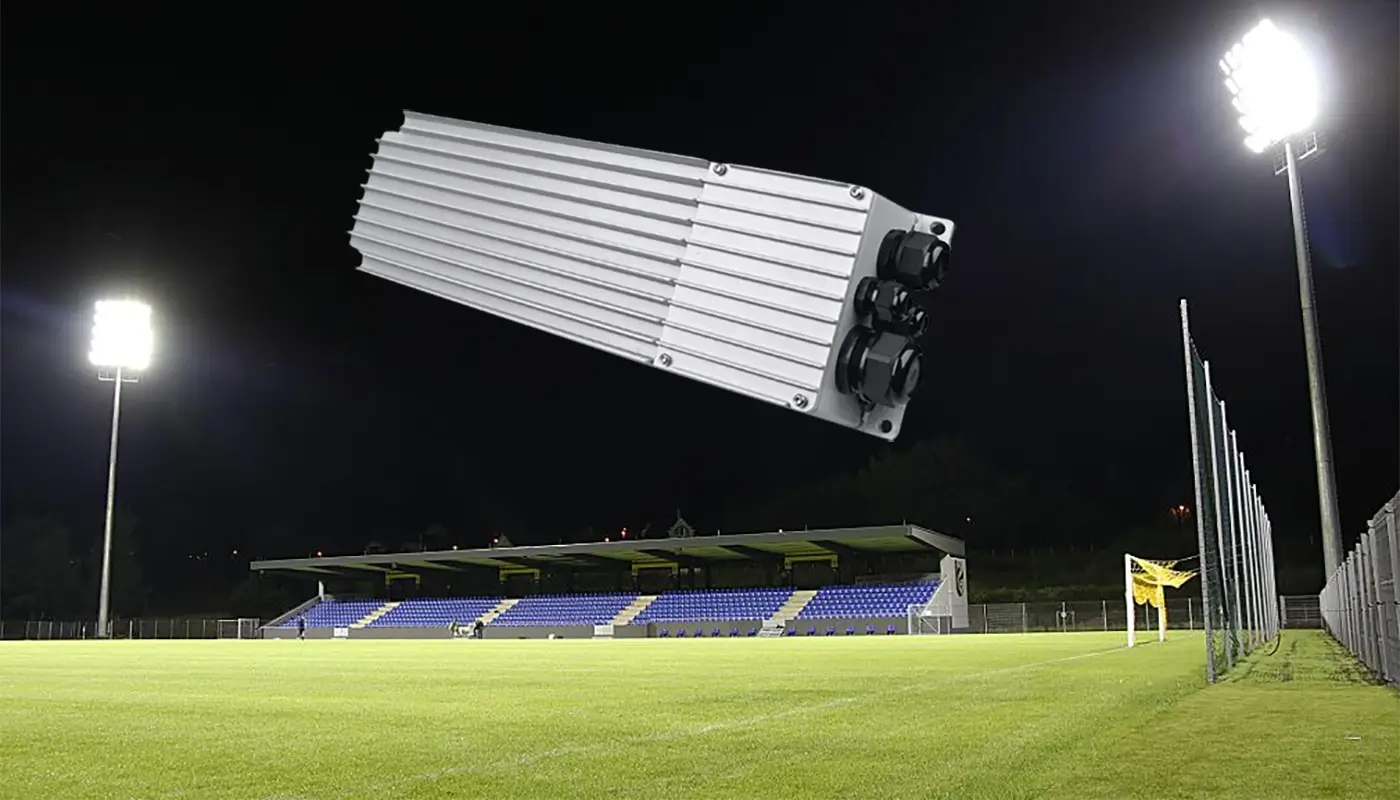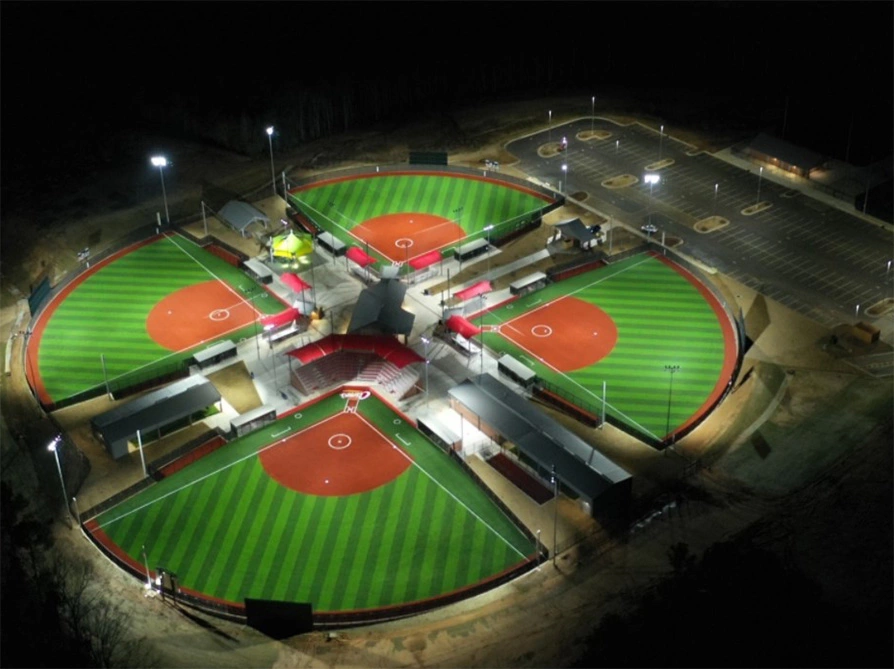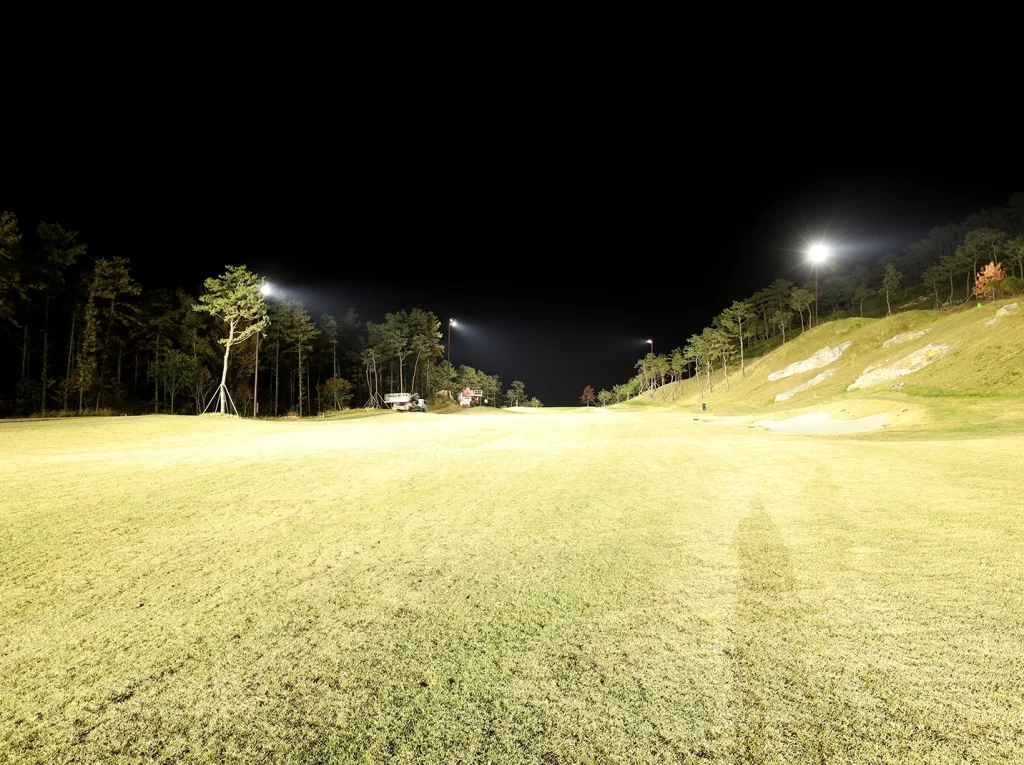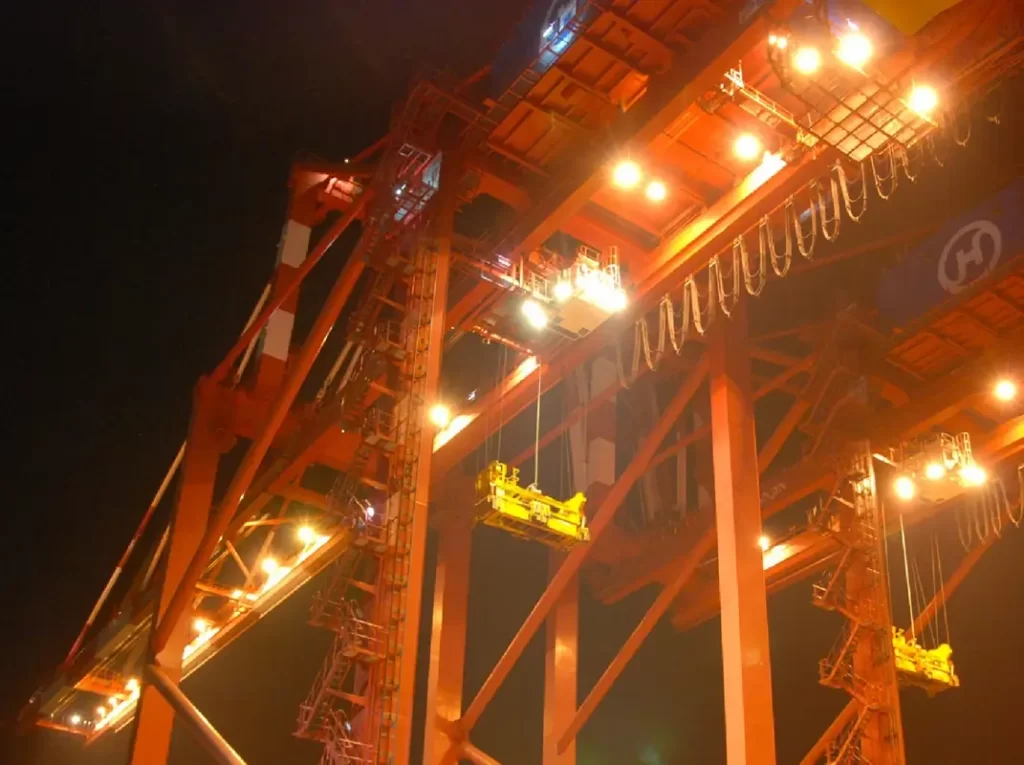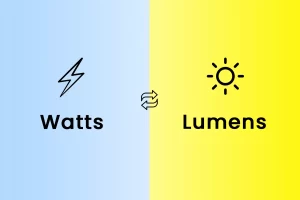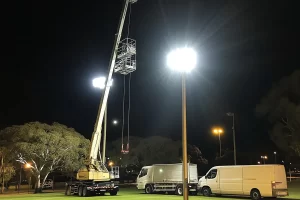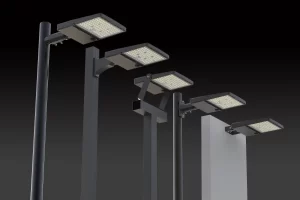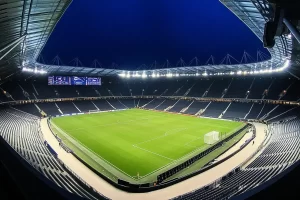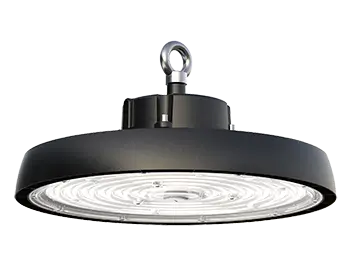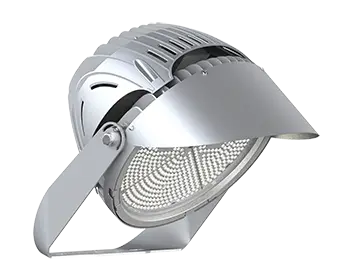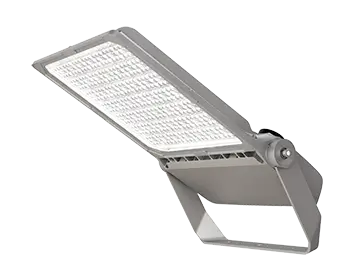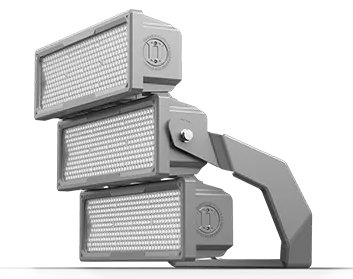LED sports lights have taken the center stage in recent years, becoming the go-to solution for illuminating stadiums, arenas, and other sports facilities. They are energy-efficient, long-lasting, and provide brilliant illumination for both players and spectators. But behind every powerful LED sports light is an equally important component – the power supply. Making the right choice in this aspect ensures optimal performance and longevity of your LED lighting system. In this guide, we’ll walk you through the critical considerations in choosing the perfect power supply for LED sports lights.
What is a Power Supply?
At its core, a power supply unit (PSU) converts electric current from a source into the correct voltage, current, and frequency to power the LED lights. It’s a crucial component, ensuring your LEDs function optimally without damage.
Determine the Total Wattage
The first step in selecting a power supply is determining the total wattage required by your LED sports lights. Here’s a simple formula:
Total Wattage = Number of LED fixtures x Wattage per fixture
Once you get the total wattage, opt for a power supply that can handle at least 20% more than the calculated total. This extra capacity, known as the buffer, ensures your PSU operates efficiently without being overloaded.
Consider the Voltage
LEDs require a specific voltage to operate, often 12V or 24V. It’s crucial to match your power supply’s output voltage with the voltage requirement of your LED sports lights. Using the wrong voltage can reduce the efficiency, brightness, or even damage your LEDs.
Check for the IP Rating
The Ingress Protection (IP) rating indicates how well the power supply is protected against dust and water – essential for outdoor sports lighting. An IP65 rating or higher is recommended for outdoor settings, ensuring the PSU is dust-tight and protected against water jets.
Think About Dimming Capabilities
Many sports facilities require dimmable lights to create the right ambiance or save energy during downtime. If your LED sports lights have dimming capabilities, ensure the power supply supports it too.
Opt for High-Efficiency Units
A power supply’s efficiency denotes how well it converts the input power into the output power for the LEDs. A higher efficiency means less wasted energy and reduced energy bills. Aim for a PSU with at least 80% efficiency.
Prioritize Overload Protection
A good power supply should come with overload protection, safeguarding the LEDs and the power supply itself from potential damage due to power surges or overloads.
Think About the Installation Process
Some power supplies are designed for easy installation, while others might need professional installation. Choose one that aligns with your installation plans, ensuring it can be safely and conveniently mounted close to the LED fixtures.
Set a Budget
While it’s crucial to invest in a high-quality power supply, it’s also essential to work within your budget. Thankfully, there’s a broad range of PSUs available at different price points. However, never compromise on essential features for a cheaper price.
Check Reviews and Brand Reputation
Lastly, before making a purchase, review the product ratings and feedback from other buyers. A brand with a solid reputation and positive reviews is likely to offer a reliable and durable product.
In Conclusion
Choosing the right power supply for LED sports lights is as essential as selecting the lights themselves. By following the steps outlined above, you can ensure your LED sports lighting system operates efficiently, safely, and provides the best illumination for your facility. Always prioritize quality and compatibility, and you’ll have a lighting solution that stands the test of time.


